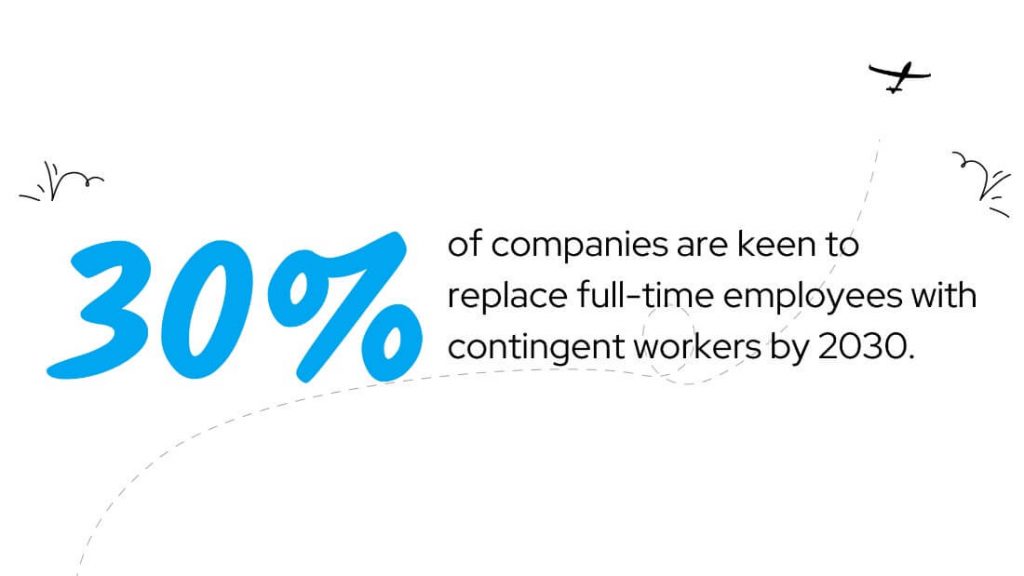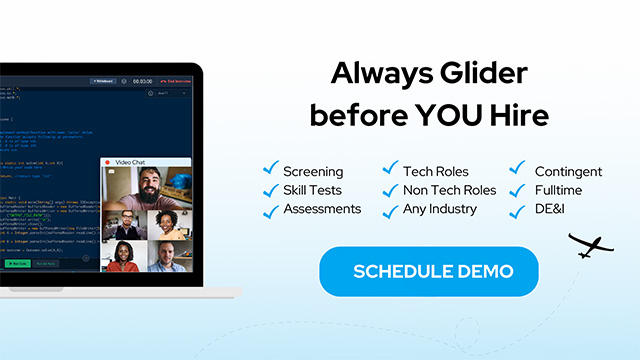
Call it the gig economy or agile talent, contingency arrangement, etc. It is playing a significant role in global business. Did you know that 30% of companies are keen to replace full-time employees with contingent workers by 2030.

According to Alex Manos, CEO of Beverly Hills Car Club, contingent talent brings invaluable expertise in niche jobs that full-time employees often lack. He believes they’re more apt to use their judgment to complete a project compared to many full-time employees.
Contingent workforce guru, Kathy Harrell Latham suggests companies can improve contingent workforce experience through:
For example, questions like how do you ensure you hire the best contingent talent throw light on a recruiter’s ability to hire the best contingent talent. They must know that partnering with proactive recruitment platforms does the trick. Because it validates the best candidates through pre-hire assessment tests. Further, it also ensures that only talented candidates are interviewed and hired.
“Once hired, make sure to keep contingent workers engaged and take an active role in their career development through high-quality assignments and raises. Involve them in your regular team meetings to get a grip on your culture and ensure that they understand your company’s mission.” – Alex Manos, Beverly Hills Car Club
When pursued efficiently, contingent talent can be converted into a full-time position too. The owner of the classic car inventory also suggests there should be no difference between contingent and full-time employees and the former must be involved and engaged through regular meetings. This makes them understand and integrate with the company’s mission and goals quickly. Also, it is a great way of employer branding.
Nevertheless, the hiring manager must note that contingent workers will suffer from lower. There are also chances for core employees to feel threatened by the temp’s skills and expertise.



